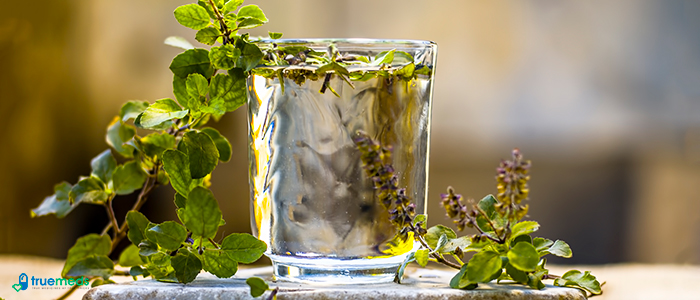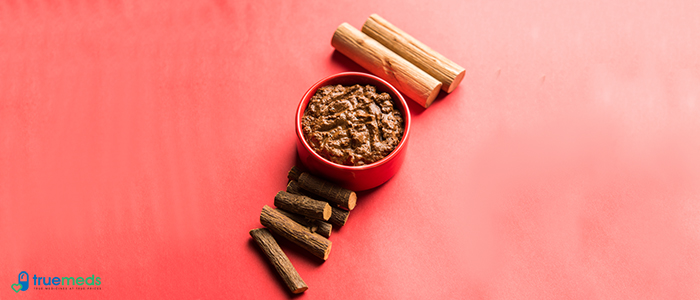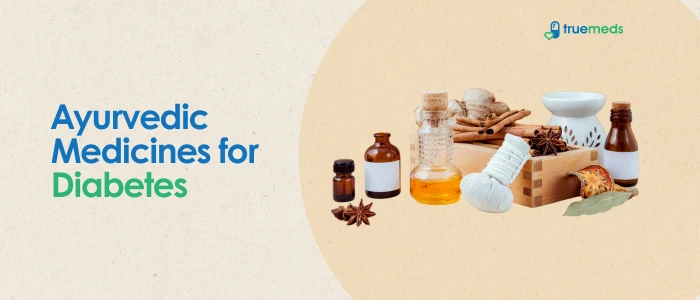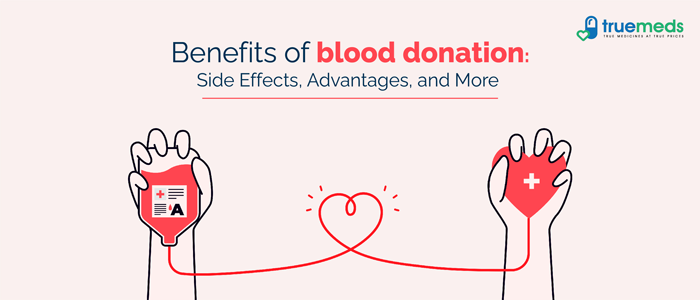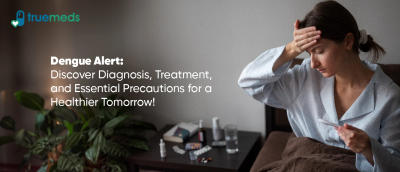Understanding UV Safety Month: Protect Yourself from Harmful Rays
Last updated on : 26 Sep, 2024
Read time : 9 min
Introduction
It is an UV Safety Month, conducted every July, for the protection against the dangers of ultraviolet radiation and ways of protection from those harmful effects. People should be aware of risks resulting from UV radiation and ways of protecting it during the peak summer times of the year when most are outdoors enjoying the weather. This month serves as a reminder of the potential hazards of the sun’s dangerous rays and taking precautions in advance to protect your skin and health from the sun.
What is UV radiation?
It’s a kind of radiation emitted by the sun and artificial sources like tanning beds. An invisible radiation, it is classified according to wavelength into UVA, UVB, and UVC rays. While UVC rays get completely absorbed by the atmosphere of Earth and don’t reach down to the ground, UVA and UVB rays are capable of penetrating the atmosphere and hence pose significant health risks. UVA penetrates deeper into the skin, where it induces premature skin aging and skin cancer; UVB rays are the actual causes of sunburn and, partly, skin cancer.
How to Protect Yourself This Summer
The summer months have come to be regarded as a time of outdoor fun, but they are also the time of highest UV exposure. Suitable precautions can lessen the risks from ultraviolet radiation.
1. Apply Sunscreen
Slathering on sunscreen is one of the best ways to prevent skin damage from UV rays. Choose a broad-spectrum sunscreen with at least SPF 30, reflecting both UVA and UVB rays. Apply it 15 minutes prior to going out and reapply after every two hours or immediately after swimming and excessive sweating. This sunscreen prevents sunburns and thus reduces cancerous growths in skin cells. It prevents premature aging of skin cells.
2. Put on Protective Clothing
Protective clothing does act as an extra barrier between you and the UV radiation. Wear long-sleeved shirts, long pants, and skirts made of tightly woven fabrics that block UV rays. Some clothing even bears a UPF rating, which reflects how the clothing protects your skin from UV radiation. UPF is similar to SPF except for clothes. The more densely woven and darker, the better.
3. Put on a Hat
A wide-brimmed hat will protect your face, neck, and ears from direct sun exposure. Stick with a brim that goes all the way around to shade these most commonly vulnerable areas. For maximum protection, the best style is one made with a tightly woven fabric or one having a UPF rating.
4. Avoid Tanning Beds
Tanning beds form one of the most powerful contributors to artificial UV radiation, which brings with it a consequent effect. It increases the risk of skin cancer and/or promotes skin aging. Keeping away from them is an important way to protect your skin. Love the skin you’re in, or achieve that radiant, golden glow a lot more safely with self-tanning lotions and sprays.
Also Read: 12 Simple Home Remedies For Sun Tan Removal
5. Wear Shades/Sunglasses
Slap on those shades to protect your eyes from UV damage with 100% UV protection sunglasses. Look for sunglasses that block both UVA and UVB rays. This can help in the prevention of cataracts, macular degeneration, and other eye problems resulting from UV exposure.
6. Seek Shade
If possible, seek shade; try particularly during hours of peak UV radiation between 10 a.m. and 4 p.m. Whenever you can, naturally provide shade through trees or by constructing shade with umbrellas and canopies to minimise the direct sun.
How to Protect Children from the Sun: Tips
Children’s skin is more sensitive and easily damaged; hence, they are more susceptible to the harmful effects of UV radiation. Here are some tips to ensure their safety:
- Slather ’em up with sunscreen: Use a broad-spectrum sunscreen with an SPF of at least 30 on your child’s skin, even on cloudy days. Apply every two hours or after swimming or sweating.
- Dress Them Properly: Cover your child with lightweight, long-sleeved shirts, long pants, and wide-brimmed hats. Look for clothing that has a UPF rating for added protection.
- Seek Shade: Keep children in the shade. Stay especially out of direct sunlight between peak UV radiation hours of 10 a.m. to 4 p.m. Use umbrellas or canopies to create your own shade; even trees can provide natural shade.
- Protect Their Eyes: UV rays can be dangerous for the eyes, so make sure children wear sunglasses with 100% UV protection when outside.
What Affects UV Exposure?
A number of factors affect how much UV exposure a person gets, including:
- Time of Day: UV radiation is strongest between 10 a.m. and 4 p.m. when the sun is highest in the sky.
- Season: UV exposure is greater in the summer months because the days are longer and the sun’s rays come directly to the earth.
- Altitude: High altitudes have a greater amount of UV radiation because there is less atmosphere to block the sun’s rays.
- Geographic Location: UV radiation is more potent near the equator.
- Reflection: A reflecting surface, whether it be water, sand, and snow, and even concrete, might reflect UV radiations from the sun, increasing exposure.
Are There Any Health Issues Related to UV Radiation?
Long-term exposure to UV radiation has many harmful effects on health, including:
- Skin Cancer: It causes skin cancers that include melanoma, basal cell carcinoma, and squamous cell carcinoma.
- Premature Aging: UV increases the aging process and can cause wrinkles, fine lines, and age spots.
- Eye Damage: UV can cause eye damage, including cataracts, macular degeneration, and photokeratitis—in effect, sunburn of the cornea.
- Immune Suppression: Overexposure to UV reduces the immune system and predisposes the body to infections.
UV Index: What the Numbers Mean
The UV Index is a great tool to learn about the intensity of ultraviolet radiation at any time and place. Agencies like the World Health Organization have scaled it from 0 to 11+, wherein higher numbers mean more damage to people exposed to the sun unprotected. By checking the UV Index regularly, you can, therefore, plan outdoor activities safely and take necessary precautions when UV levels are high.
Myths and Facts About UV Radiation
There are many myths associated with UV radiation and sun protection. For instance, a base tan acts as a protection against sunburn. Any tan is a sign of skin damage. A more common myth is that people with darker skin do not need to use sunscreen. The truth is that everyone, regardless of skin color, needs some type of protection against UV rays in order to prevent skin damage and reduce the risk of skin cancer.
Also Read: Stages of Cancer and Treatments For Different Stages
Conclusion
It’s UV Safety Month, and we need to be aware of the risks associated with UV radiation and take measures to save our skin and health. We can offer protection by applying sunscreen, using protective clothing, hats, shades, staying in shade, avoiding tanning beds, and keeping sun-safety tips at the top in our minds when dealing with children. The key to healthy skin and prevention of major health problems lies in knowing how one can protect from UV. So, embrace the importance of UV safety, and with these simple summer tips, make the most of these gorgeous summer months ahead with confidence and peace of mind.
Get our easy-to-use Truemeds app for affordable medicines. Just upload your prescription to access both brand-name and substitute drugs. Save money on your purchases and enjoy the added convenience of free home delivery on eligible orders across India*.
Disclaimer
The information in this article has been checked for accuracy, but it’s best to talk to a doctor before trying any medicines, supplements, or information mentioned here.
Frequently Asked Questions (FAQs)
UV rays are usually strongest during the summer months—May to August—the period when the sun is highest in the sky, and days are at their longest.
A UV Index of 0-2 is low and generally safe. It indicates a low risk of harm from unprotected sun exposure. Still, one must take precautions against UV rays during an extended outdoors setting.
Exposure to a small amount of UV, about 10-15 minutes of UV from the sun, is useful for the synthesis of vitamin D. However, the risk of skin damage increases if the exposure time is longer without protection.
UVC rays are very dangerous to skin; they can cause sunburn and ultimately result in skin cancer. On the other hand, UVA radiations penetrate deeper into the skin and also cause premature aging. This kind of radiation has the potential to cause cancer.
Sunlight is most harmful from 10 a.m. to 4 p.m. when UV radiation is most concentrated, so one needs to take precautions from these hours onwards.
To protect yourself from ultraviolet (UV) rays, start by applying a broad-spectrum sunscreen with an SPF of at least 30 to all exposed skin, even on cloudy days. Wear protective clothing, such as long-sleeved shirts and wide-brimmed hats, and opt for sunglasses that block 100% of UV rays to shield your eyes. Seek shade during peak sun hours between 10 a.m. and 4 p.m., and avoid tanning beds to minimise unnecessary UV exposure.
References
- UV Safety Month – Protect yourself against the dangers of UV radiation. (2024, July 8). Air Force Life Cycle Management Center. https://www.aflcmc.af.mil/NEWS/Article-Display/Article/3829360/
- D’Orazio, J., Jarrett, S., Amaro-Ortiz, A., & Scott, T. (2013). UV Radiation and the Skin. International Journal of Molecular Sciences, 14(6), 12222–12248. https://doi.org/10.3390/ijms140612222
- Heckman, C. J., Liang, K., & Riley, M. (2019). Awareness, understanding, use, and impact of the UV index: A systematic review of over two decades of international research. Preventive Medicine, 123, 71–83. https://doi.org/10.1016/j.ypmed.2019.03.004
Disclaimer
Our healthcare experts have carefully reviewed and compiled the information presented here to ensure accuracy and trustworthiness. It is important to note that this information serves as a general overview of the topic and is for informational purposes only. It is not intended to diagnose, prevent, or cure any health problem. This page does not establish a doctor-patient relationship, nor does it replace the advice or consultation of a registered medical practitioner. We recommend seeking guidance from your registered medical practitioner for any questions or concerns regarding your medical condition.
Popular Articles
Recommended Articles
Recent Articles
Top-Selling Medicines:
...View more
Top-Selling OTC:
...View more
Subscribe
Claim your complimentary health and fitness tips subscription and stay updated on our newest promotions.
Download Truemeds
Manage your health with ease Download Truemeds today!Get easy access to medicine refills, health information, and more. With our app, you'll never have to wait in line again. Download now and start taking control of your health.

Contact Us
Our customer representative team is available 7 days a week from 9 am - 9 pm.
v3.3.6
Our Payment Partners




























